Rome (Italy). On 7 July 2020 the liturgical memory of the birth into Heaven of Sister Maria Romero Meneses, the first woman ‘Blessed’ of Central America, is celebrated.
Blessed Maria Romero Meneses is a religious of the Institute of the Daughters of Mary Help of Christians. She is a volcanic soul, like her native land, Nicaragua. She gave herself entirely to the poorest of the poor, with total trust in Providence.
Life of the Blessed
She was born in Granada (Nicaragua) on January 13, 1902. Her father was a minister in the republican government and very wealthy. But he was also very generous with the dispossessed. Unfortunately he was defrauded, so his economic situation was compromised forever. Maria had a spirit similar to her father. The family dreamed of great things for her: she studied music, piano, and violin. But she chose the path of religious consecration (1923 first vows). It seemed to her that Don Bosco’s charism had been created precisely for her aspirations.
Having made her perpetual vows (1929), she was sent to San José of Costa Rica (1931), which became her second home for 46 years of her life. Destined to teach in the school of wealthy young people, she seeks above all “poor and abandoned children”, like Don Bosco. And, having conquered those of the city, she went through the mountains and valleys to ‘save souls’. She selects disciples for the Work of the Oratories (1934), choosing among her best pupils. She calls them the little missionaries, since catechesis, accompanied by works of mercy, was their main work. Then she begins to found the festive oratories and starts thirty-six! Thanks to the voluntary work of specialist doctors, she succeeds to create a polyclinic with various specialties, to ensure that the poor have medical and pharmaceutical assistance. For homeless families, she built ‘real’ houses, the ciudadelas de María Auxiliadora, a work that continues today through the lay association Asayne (Asociación Ayuda a Necesitados).
To propagate Salesian devotion to Mary Help of Christians, she builds a church in the center of San José on a ‘cafetal’ (coffee plantation), around which numerous social works grow up that involve wealthy people, conquered to the cause after experiencing the effects of Marian devotion. The Opera is still active in our times and is known as Casa de la Virgen or Casa de María Auxiliadora – Obras Sociales.
Sister Maria’s industriousness is sustained by her intimacy with Jesus and Mary (“Everything for my King and my Queen “). Her mystical dimension is revealed in her Spiritual Writings, also published in Italian.
She died of a heart attack on July 7, 1977 in las Peñitas (Nicaragua), after returning to her homeland for a rest. Her body was returned to San José (Costa Rica) and rests in the Mausoleum at the great work she founded.
John Paul II beatified her in Rome on April 14, 2002. Sister Maria Romero is the first woman “Blessed” in Central America. Her liturgical memory is celebrated on July 7, the day of her birth into heaven.
Novena to Maria Romero
The tradition of the Church has transmitted the beautiful devotion to invoke the saints who, as true friends of Jesus, present the intentions of the people to God, who is the true giver of all graces. By praying to the saints, we pray to God, because the saints intercede with Jesus for blessings and graces for everyone.
The novena in honor of Blessed Sister Maria Romero was extracted from her spiritual writings and the many prayers that flowed from her heart. She always recommended to those who sought her to ask her advice and prayer, that to receive a grace one must combine three conditions with prayer: a well-made confession, frequent communion, solidarity given from the heart to the poorest.



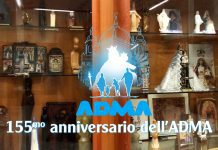
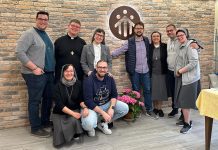
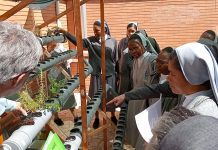

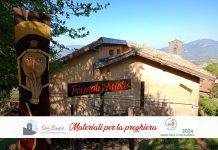

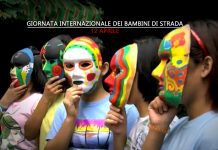











Mi hija es milagro de Sor María Romero eternamente agradecida por su intervención ..
Y fiel colaboradora de sus obras..